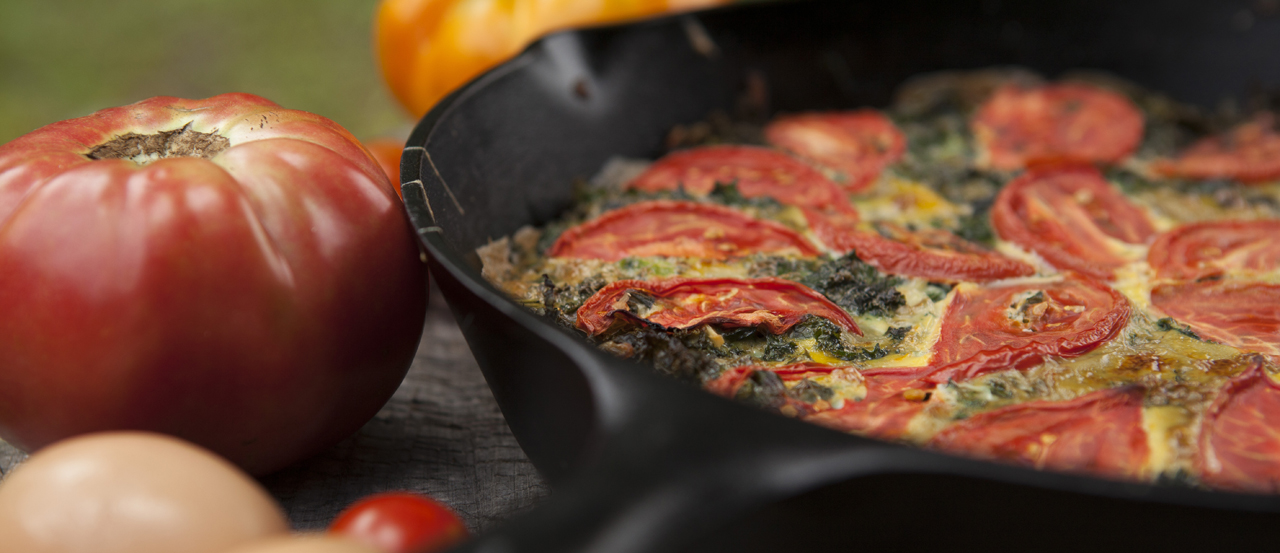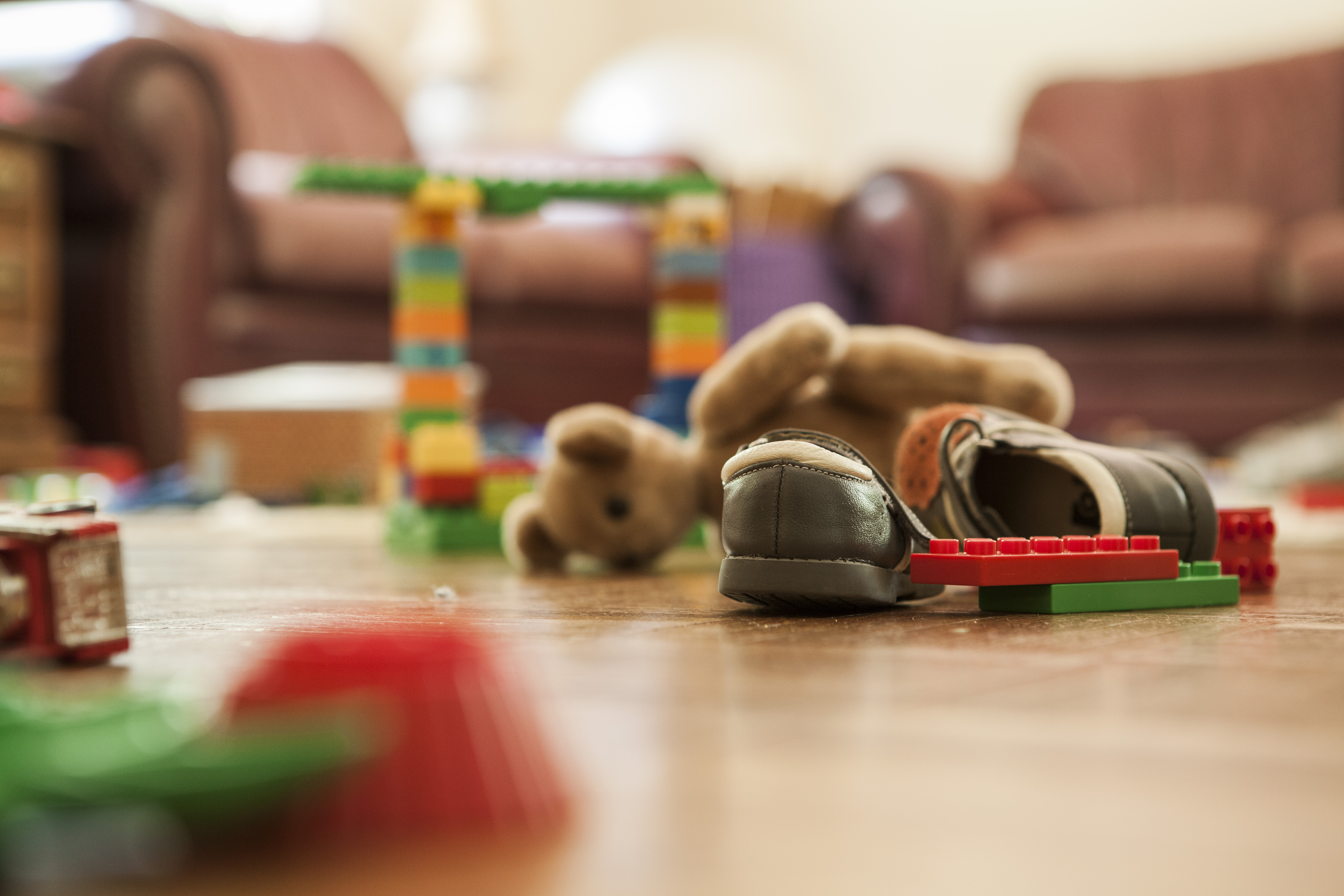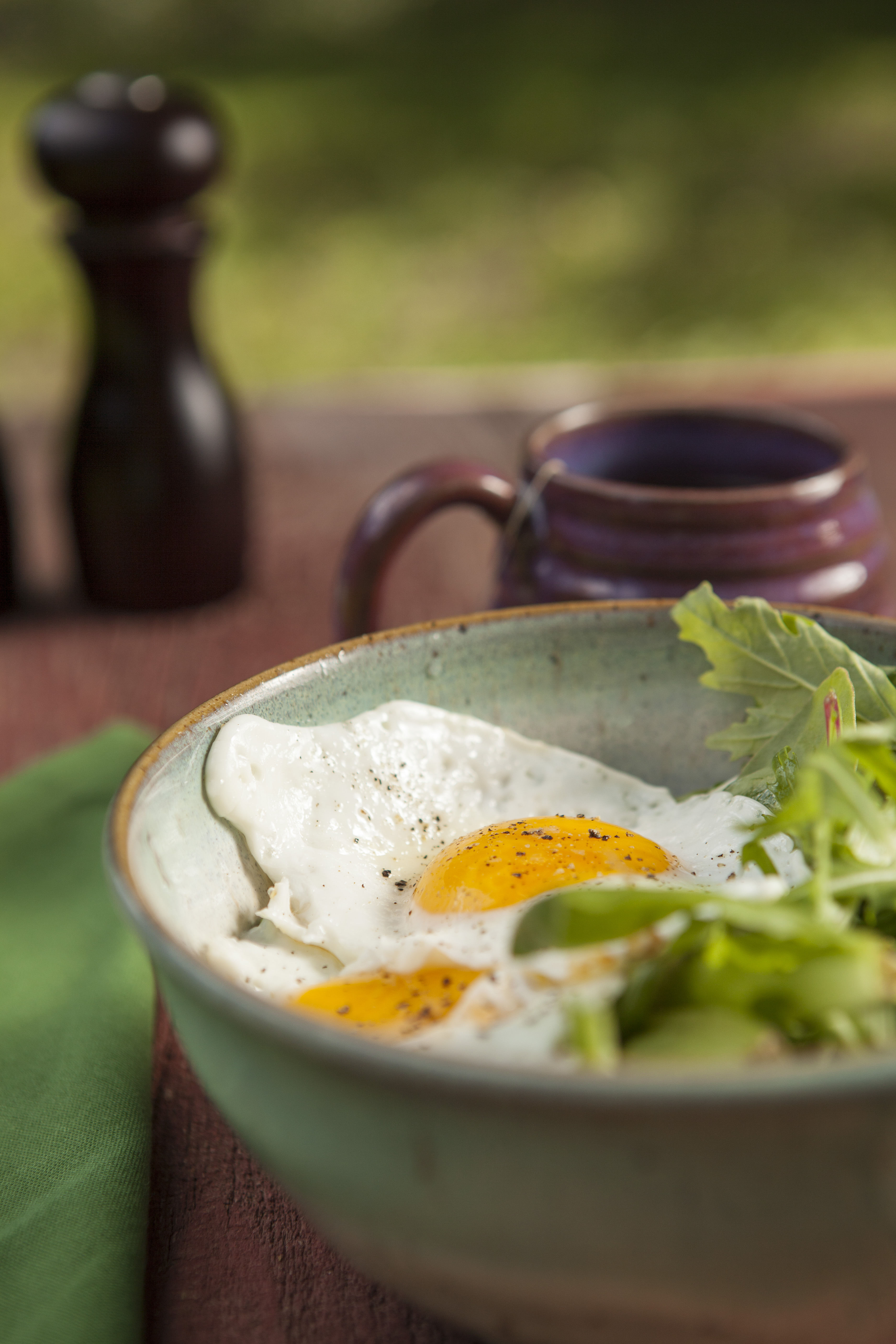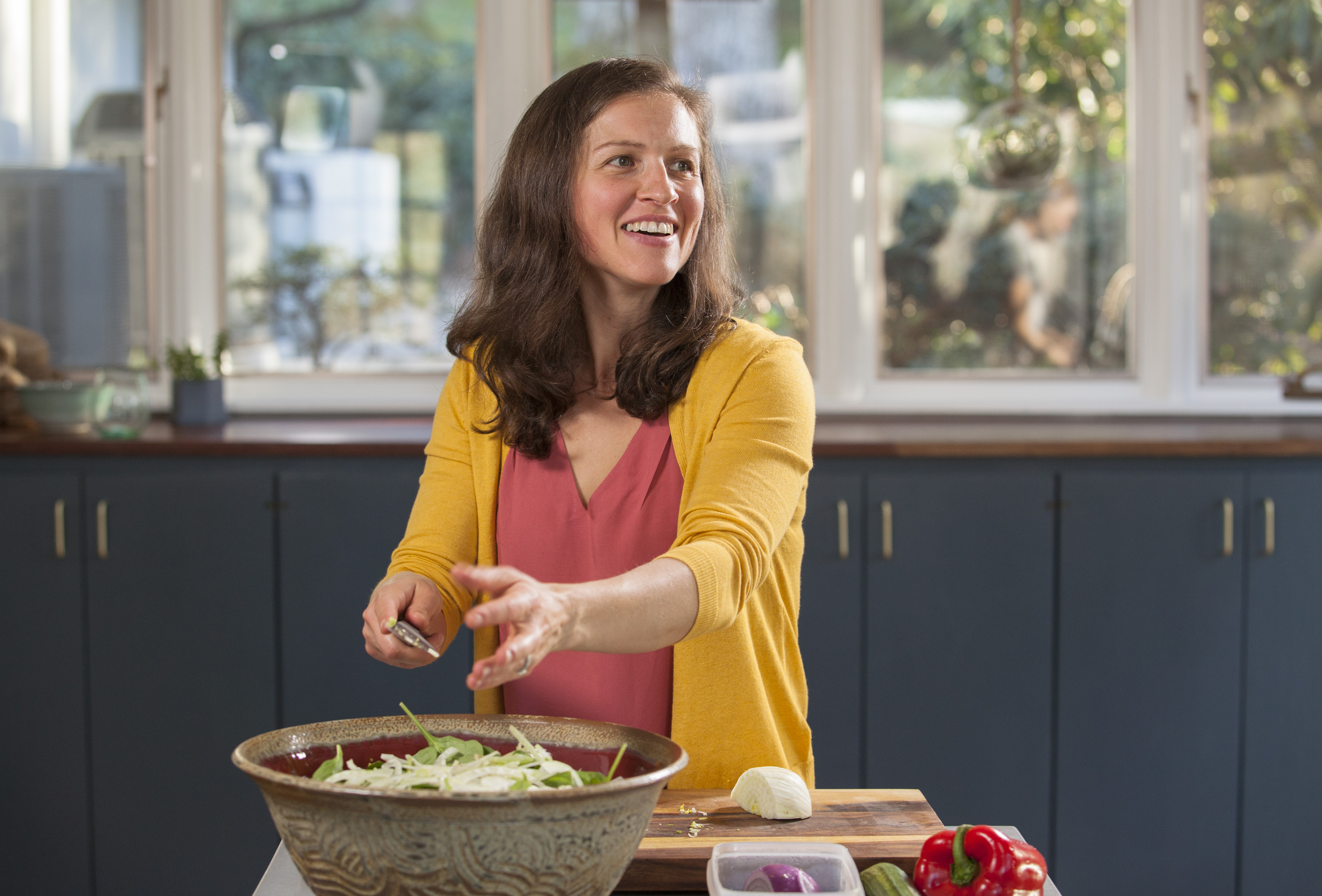
Managing chronic illness requires a large investment of energy that can often overextend our resources. One of such resources that I have found to be particularly limiting is time – time spent performing treatments and therapies, cleaning and sterilizing equipment, doctor’s visits, and my personal favorite time sink – phone calls to insurance companies, pharmacies, and physicians. But as we all know, disease management doesn’t stop with the medical logistics, it extends into a self-care regimen that includes adequate sleep, stress management, exercise, and preparing healthy meals. This can all feel like entirely too much work for one individual, but luckily there are ways to simplify our lives and make space for the practices and rituals that really matter.
Having my daughter and learning that she had CF was a huge motivator is learning to better manage my time. The first year after her diagnosis was, by far, filled with the most challenges. We had just moved into a smaller home and I was learning to balance life with a second child, work, and CF. I spent most of that first year feeling like I was constantly behind and barely keeping afloat under an overwhelming work load. It had also become clear that this smaller house meant less space, yet I had crammed our personal belongings from the larger house into every nook and cranny. Cleaning my home was much like a real-life Tetris experience as I maneuvered each item perfectly into its slot.
Less is More
I stumbled upon a book, The Joy of Less: A Minimalist Guide to Declutter, Organize, and Simplify, and this book turned out to be a catalyst for major change. Minimalist principles vary from teacher to teacher, but the general idea is that the possession of material goods requires a time commitment – time spent working to pay for goods, reading reviews, choosing a superior product, disposing of the packaging, and then cleaning and caring for that possession.

I’ll admit that I’m a novice when it comes to decluttering. Both my husband and I have home offices for jobs that require quite a bit of stuff to complete those jobs well (he’s a videographer with tons of equipment, and I’m an health and wellness author with more than my fair share of food photography props and kitchen gadgets), but I will say that I’ve whittled down our material possessions to what I feel is a manageable bounty. Our kids have very few toys, none of us own an excessive amount of clothing, we have the minimum amount of furniture in each room, and with some exceptions, I don’t own a lot of repeat goods; I try to keep possessions to a minimum.
Simplifying our material belongings took quite a bit of time and it’s a continual work in progress. New items are constantly making their way into our home, especially since we have young kids, which means old items have to make their way out if we’re to keep the system in balance.
The surprising/not-so-surprising benefit that came from reducing our material possessions was that I freed up a great deal of time. With far fewer possessions, especially toys, cleaning my home became a task that suddenly took a fraction of the time it had previously taken. Not only that, but with a more manageable amount of stuff, the kids could more easily participate in the cleaning without feeling overwhelmed by the task at hand. Less stuff meant more time for what really mattered.

Prioritizing Real Food
As a health coach and someone who has worked in public health, I feel strongly that diet should play an integral role in the care of any individual suffering from chronic disease. But time constraints are often a major challenge for people when it comes to preparing healthy meals and convenience foods are just that, convenient. One of my goals for decluttering our life was to make time to prepare real foods for almost every meal of the day – a task that feels nearly impossible in today’s busy world. However, I stopped saying that I didn’t have time for real food and instead started saying that I wasn’t prioritizing real food. The truth is that we make time for what matters, and food was something that mattered to me, especially given my daughter’s condition.
I won’t go into the numerous reasons that it’s worth making time for real food, but I think we can all agree that many convenience foods are of poor quality. A research study published earlier this month stated that diet is now responsible for more worldwide deaths than any other lifestyle risk factor, including smoking (Source: “Health effects of dietary risks in 195 countries, 1990-2017: a systematic analysis for the Global Burden of Disease Study”, The Lancet, 2019). My family certainly has our own set of convenience foods that we use on a fairly regular basis, but I love that I can have more control over a meal’s ingredient list when I take the time to prepare foods from scratch. Not only that, but I’m saving quite a bit of money by cooking from scratch rather than trying to purchase better quality packaged foods.
Time Saving Tactics
I started meal planning almost every week, which I feel is absolutely necessary if you want to consistently feed your family a healthy diet. You don’t have to make an elaborate plan, but you need an idea of what you’re going to eat for the week. The benefits are tremendous, but what stands out the most is that you’ll have fewer trips to the grocery story (time saver), you use all of the food that you buy (money saver), and you have a plan for the week (stress saver). Some people use elaborate systems for planning, but I grab a sheet of scratch paper, jot down 5 dinners, 3 breakfasts, snacks for the week, all of the ingredients that I’ll need to prepare enough of those meals for dinners and lunches, and then head to the store.

Once the shopping is done for the week, I can then group like tasks together such as making a huge salad for the week and washing and chopping vegetables. In the world of hashtags, this is technique known as bulk prepping. If I’m going to turn on the oven, I look at the plan for the week and see what else can go in the oven. For example, I usually make 24 muffins or 4 loaves of grain-free bread (2 loaves are frozen for later) to serve for breakfasts. If I plan to serve baked sweet potatoes later in the week, I go ahead and place them in the oven along with the muffins or breads. The time that it takes to add these extra items to the oven can save you hours later in the week when chances are that you’re busy and don’t necessarily have time for cooking.
My meal plan usually incorporates leftovers for lunches. In fact, I often make such large quantities of food that I’m able to freeze half and eat half. Doubling, tripling, or even quadrupling a recipe for freezing may take slightly longer when preparing the recipes, but it takes far less time than preparing that meal from scratch in the future. I can then pull frozen foods from my small chest freezer to be incorporated into one or two meals throughout the week, which is another time save. The trick is that it’s best to keep the system going – pull from the freezer each week, add to the freezer each week.
There are numerous other time- and money-saving tactics that I discuss in detail in my cookbook, The Grain-Free, Sugar-Free, Dairy-Free Family Cookbook. Many of the strategies I discuss were developed not only in response to having a daughter with CF, but also to a son with severe anaphylactic food allergies. As you can imagine, these 2 special circumstances required that I commit to preparing healthy foods for a family on a whole new level.
The most valuable lesson and piece of advice that I can offer is that change takes time. I didn’t develop these strategies overnight, nor do I get it right every week. Achieving a healthier lifestyle is about progress, not perfection. It’s about forgiving any perceived shortcomings and making small yet impactful steps in the right direction. I’ve found a healthy diet to be a true gift to myself and my family, and my hope is that with some perseverance and practice, you can, too.

Leah lives in the mountains of North Carolina with her husband, T. C., and her two children, Owen and June. Owen has a life-threatening anaphylactic allergy to wheat, and June has cystic fibrosis. Leah’s commitment to a nutrient-dense diet has played an important role in her children’s integrative care. Her book, The Grain-Free, Sugar-Free, Dairy-Free Family Cookbook is a complete guide for families interested in learning how to efficiently cook more made-from-scratch meals. Leah obtained her health coach certification from the Institute for Integrative Nutrition after earning a Bachelor of Science degree in Environmental Biology and a Master of Public Health degree in Environmental Health Sciences. She has worked in nutrition and gardening education since 2009 with a focus on engaging children in healthy eating habits through experiential learning and discovery. Leah started and runs the Deep Rooted Wellness blog, on which she posts stories and tips regarding nutrition, gardening, and healthy families.
Help Others Live STRONGER and LONGER-
***Views expressed in the CFLF Blog are those of the bloggers themselves and not necessarily of the Cystic Fibrosis Lifestyle Foundation***
***Please speak with your physician before making any changes to your CF management***
Add new comment